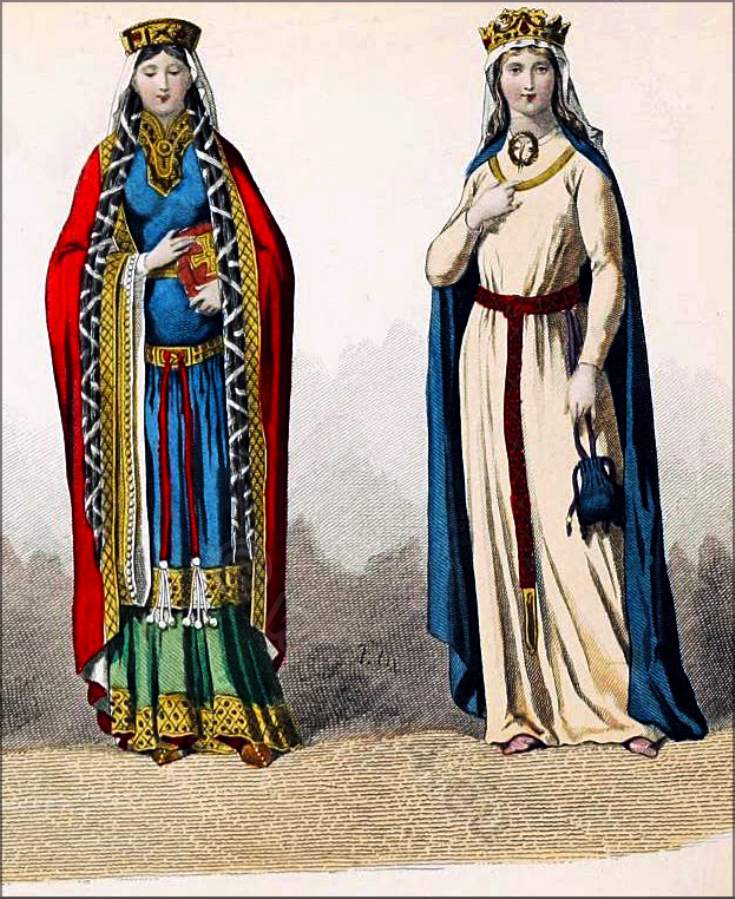FASHION THROUGH THE MEDIEVAL AGE
The ‘dark ages’ as it is called, refers to that time in history where the Age of discovery and the beginning of the Greek Empire was marked by the fall of the Roman Empire. Europe, by some scholars, have been perceived as ‘plunged into darkness’ when the Roman Empire fell. The Middle ages hence, is referred to as “Dark” because of lack of cultural and scientific advancement.
 |
| Fig: Farming, religious discrimination and technology advances led people out of the Dark Ages. |
 |
| Fig: The European Dark ages are seen as a period of insecurity and fear. |
One of the most important parts during the rule in medieval times was its clothing. The styles that people wore kept changing and the main reason behind it was that new fabrics were introduced time and again. Therefore, the King was now able to make a unique empire for himself that stood out due to its various different colour combinations. Citizens too could be differentiated through their style of dressing which made them happier as they could experiment well in different weather conditions.
 |
| Fig: Materials used were woollen cloth,fur , linen and silver or gold cloth to name a few. |
Information about one’s social status was provided by the type of material and the colour of the clothes they wore. The peasants for example, wore cheap and undyed wool in different shades of grey and brown. Wealthy merchants on the other hand dressed elaborately. Towards the end of this period, wealthy class men wore a hose and a jacket, with pleats or skirts or even a tunic. Flowing gowns and headgears were worn by women. Peasant men wore tunics or stockings and women wore sleeveless tunics over gowns and wimples to cover hair. In winters, cloaks made of sheep skin and woollen hats were worn along with leather boots.
 |
| Fig: Queen's court dresses. |
Talking about jewellery, it was mostly functional. Richly adorned and embroidery work on the clothing left very little scope for jewellery. The only jewels that naturally formed a part of one’s dress was the belt worn by married women and men and the brooch that fastened the tunics at the neck. These few pieces however monumental and noble. Ring brooches were the most popular items in the 12th ce. Diamonds became popular in the 14th ce.
Hair styles varied among the women and covering the head was also popularised. They have survived due to the paintings and portraits of royals on historic coins. They were usually long, trend of short hair or medium length was hardly seen - and important components included plaits, updo’s and braids. Coiled buns were also introduced on each side of the head. Important characteristics included flowers, silk bands and leaves.
No comments:
Post a Comment